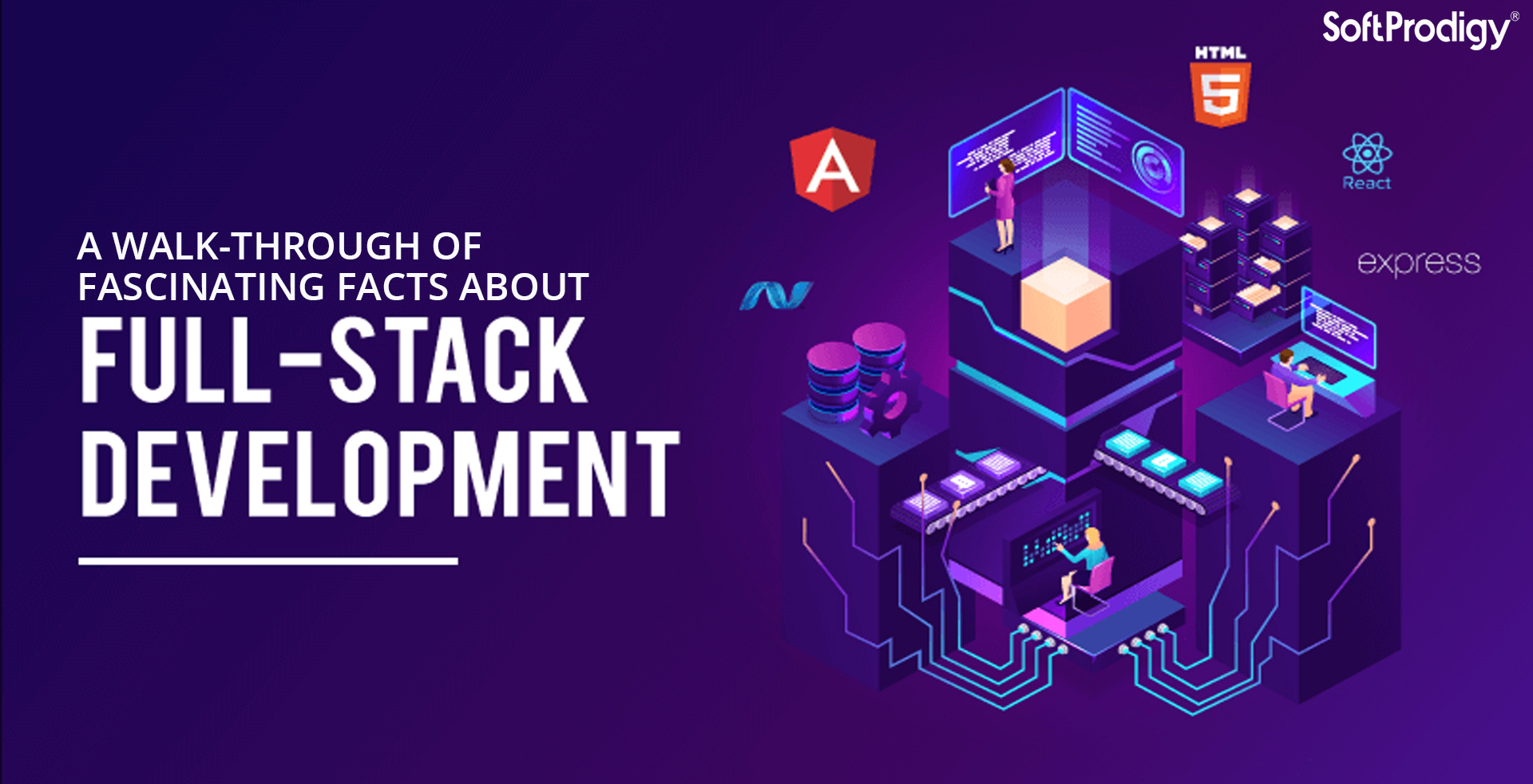Rise by Six: Your Daily Dose of Inspiration
Explore insights and stories that elevate your day.
Full-Stack Development: Juggling Code Like a Pro
Master full-stack development with tips, tricks, and insights that will have you juggling code like a pro in no time!
Understanding the Basics: What Does a Full-Stack Developer Do?
A full-stack developer is a versatile professional who is skilled in both the front-end and back-end development of web applications. They are proficient in a variety of programming languages and frameworks, enabling them to handle all aspects of a website or application. Typically, their skill set includes HTML, CSS, and JavaScript for the front-end, and server-side languages like Node.js, Python, or Ruby for the back-end. This combination of skills allows them to create seamless and dynamic user experiences.
In addition to coding, a full-stack developer is responsible for several key tasks, including database management, API development, and version control. They must be well-versed in database technologies such as MySQL or MongoDB and familiar with tools like Git for collaboration. Moreover, their ability to navigate different parts of a project makes them invaluable in team environments, where they help streamline communication between front-end and back-end teams, ensuring cohesive integration and a smoother development process.

The Essential Skills You Need to Master Full-Stack Development
To become a successful full-stack developer, it’s crucial to master a mix of both front-end and back-end technologies. On the front-end, you should have a solid grasp of HTML, CSS, and JavaScript. These essential languages allow you to create visually appealing and interactive user interfaces. Additionally, knowledge of front-end frameworks such as React or Vue.js can significantly enhance your development efficiency and capability. On the back-end, familiarize yourself with server-side languages like Node.js, Python, or Ruby, as well as database management systems like MySQL or MongoDB.
In addition to technical skills, a successful full-stack developer must also possess good problem-solving abilities and effective communication skills. Being able to collaborate with team members and understand project requirements is crucial. Furthermore, having a grasp of version control systems such as Git is essential for managing code changes and facilitating teamwork. Lastly, staying updated with emerging technologies and best practices in web development will ensure your skills remain relevant in this fast-changing landscape.
From Frontend to Backend: How to Seamlessly Transition Between Stacks
Transitioning from frontend to backend development can be a daunting task, but with the right approach, it can be a seamless experience. Start by building a solid understanding of the core technologies used in backend development, such as server-side programming languages like JavaScript (Node.js), Python (Django or Flask), or Ruby on Rails. Familiarize yourself with databases, RESTful APIs, and the concepts of application architecture. This foundational knowledge will enhance your ability to integrate your frontend skills with backend functionality, allowing you to create more complex and robust web applications.
Moreover, consider the importance of collaboration between frontend and backend teams. Utilizing version control systems like Git can streamline the development process and facilitate smooth communication. Engaging in full-stack projects, or contributing to open-source initiatives, can also provide hands-on experience that bridges the gap between frontend and backend development. Finally, don’t hesitate to leverage online resources such as tutorials, courses, and coding bootcamps to fill any knowledge gaps and enhance your skill set.